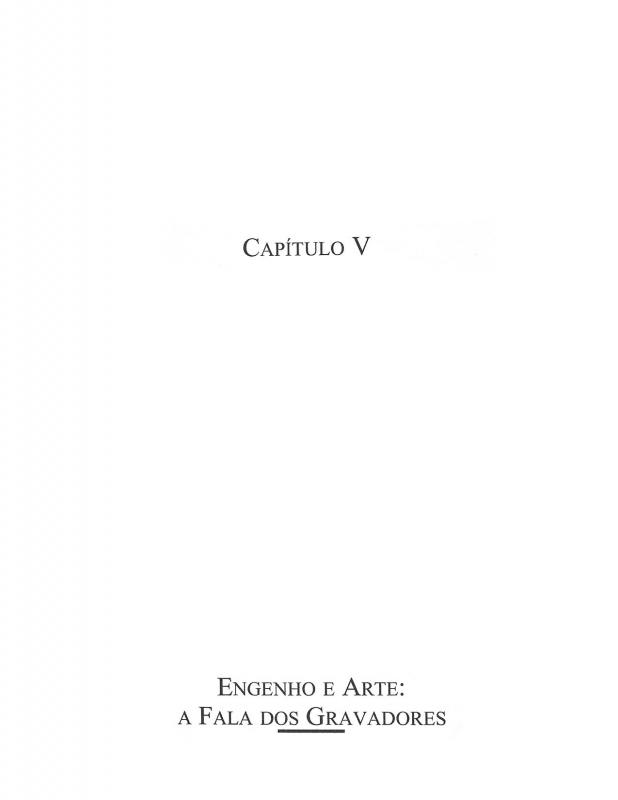This is a vignette remembered by Sérvulo Esmeraldo (b. 1929), the Brazilian artist who spent many years in France. He was one of the best-known artists outside of his home state, in a somewhat similar vein to the experience enjoyed (in their own fields) by the poet Manoel Bandeira (Recife, Pernambuco) and the painters Aldemir Martins and Xico da Silva, both from Ceará. Esmeraldo’s work attained its greatest fame in the 1950s and 1960s as a result of its positive reception in Europe. While he was living in France Esmeraldo started experimenting with works—which, to some extent evoked an incipient kineticism and a basic constructivism—that he called “excitáveis” [the excitables] because of the electrostatic friction generated by the viewer. This explains why he was referred to as a “knowledgeable” artist.
In this vignette, Esmeraldo outlines the history of popular printmaking based on his own personal experience as a “knowledgeable” artist whose roots are firmly planted in the northeastern area of the country, specifically in the region of Ceará. He has a thorough understanding of the technical simplicity of the woodcut printing process, which he considers to be a form of writing executed with great economy. He is surprised by the quality of the prints produced by the artists at the Mestre Noza workshop, and asks them to produce a Via Sacra, thus encouraging the use of new motifs in that part of the country. He discusses the history of the popular print and the “literatura de cordel” [printed works hung on a length of string] in Europe and then, later, in Brazil where they found fertile ground in the simple skill of local peasants’ hands.
There is an essay that complements Esmeraldo’s vignette: “Engenho e Arte. A Fala dos Gravadores” [Ingenuity and Art: The Printmakers’ Jargon], one of the seven chapters of “Madeira Matriz,” the book by Gilmar de Carvalho that tells the history of woodcut printing in the northeast of Brazil. This book describes the connection between woodcut printing and the genre of popular verse known as “literatura de cordel” (named for the “cordel” or length of string on which the very short publications are hung), which is sold in public markets in that part of the country [see doc. no. 1110758].

